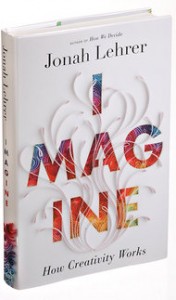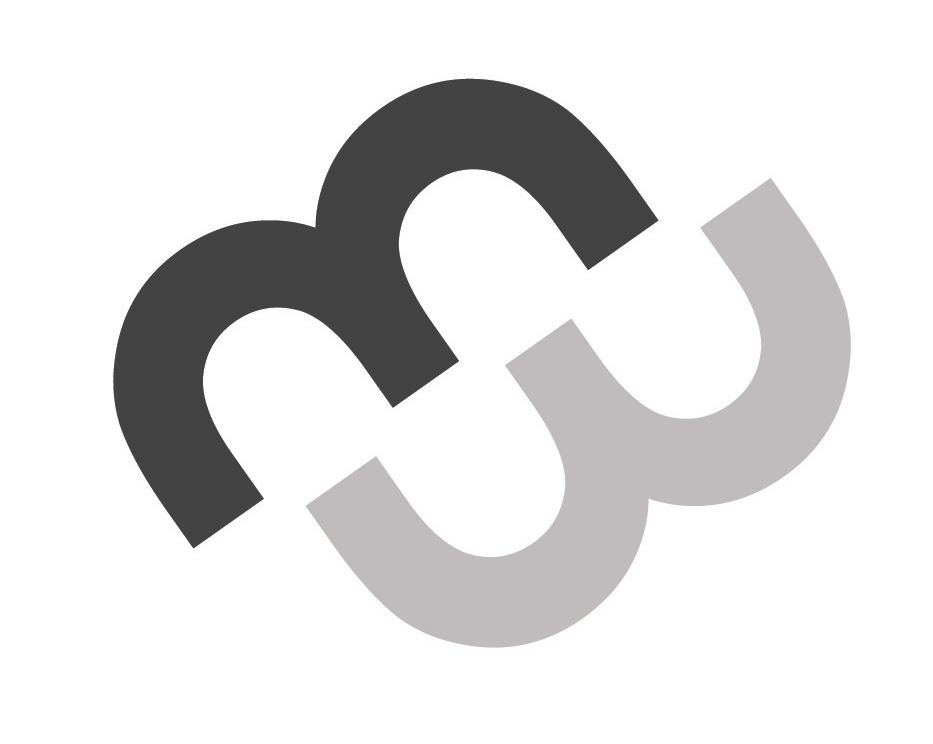I recently enjoyed the unabridged audiobook version of Jonah Lehrer’s bestselling book, Imagine: How Creativity Works (read by the author). This is the third audiobook from Lehrer that I’ve enjoyed (the other two being Proust Was a Neuroscientist and How We Decide). Lehrer is extremely bright (a Rhodes scholar), knowledgeable, and increasingly engaging and entertaining as a writer. Like Malcolm Gladwell, Mr. Lehrer takes findings from the social sciences (well, Mr. Lehrer, unlike Gladwell, also incorporates much from the neuroscience literature) and uses stories to make the information stimulating, accessible, and useful. Some of the stories that Lehrer uses to illustrate his points are about Bob Dylan, Pixar, Steve Jobs, 3M, Nike, and the invention of the Barbie doll and the Swiffer.

I found Imagine to be very inspiring, as it got my own creative juices flowing. It also confirmed some truths about creativity that fit with findings on the research on what it takes to become an expert at any endeavor – a lot of hard work! A common myth that still seems to persist despite much evidence to the contrary, which Mr. Lehrer debunks, is that people are either creative or they are not. Basically, to be creative, one just needs to create. The biggest difference between “creative” people and those who are not is that creative people spend a lot of time and effort attempting to create.
On a related note, creative folks must work extremely hard for their achievements. There is much truth to the adage that there are “no shortcuts to success” and “creativity is 99% perspiration and 1% inspiration.” As Lehrer describes, Bob Dylan was so burned out with his music and the music industry that he had basically decided to quit entirely before breaking through a creative barrier and writing “Like a Rolling Stone.” And even that song went through many iterations. It wasn’t as if Dylan sat down and wrote it in one five-minute sitting.
Interestingly, it is often the case that struggling through such creative blocks is necessary for creative breakthroughs to occur. I remember Bono of U2 was once quoted as saying (and I paraphrase because I can’t find the actual quote) that he “used to approach songwriting by waiting for the Muse to strike but now wakes up early, sits down with a pen, and grabs the Muse by the throat.” So, rather than looking at agonizing creative blocks as stifling the process, it is more accurate and effective to think of them as part of the process.
On a related note, as our left brain tries to analyze and reason to creative breakthroughs, it is often our right brain, with its more holistic, big-picture approach that can integrate disparate pieces of information and imagine a solution. Thus, when approaching certain tasks that require creative problem-solving, we should get the information necessary, analyze, think, ponder, and then…not think about it. As we take a break from the problem (by, for example, going on a long, slow, scenic stroll without electronics or taking a hot shower), trust that our brains are still assimilating the information and working on a solution. In effect, we can think about something without…thinking about it. It is like the expression “I’m going to sleep on it.” As we “sleep on it,” our brains are often still making connections so that a solution can be found. So, one big “takeaway” for me from this book is that I should actively and strategically use some down time to generate ideas and solve problems. Daydreaming and “down time” can be a very GOOD thing.
When reviewing the literature on creativity in groups, another takeaway from this book is how important it is to be exposed to a variety of people, ideas, and approaches. With regard to groups, too much familiarity can stifle creativity. In general, it’s good for groups to have a measure of heterogeneity. People with different backgrounds will inherently look at challenges/problems differently given their own knowledge base, skill set, and “lens” from which they view things. The contributions of such individuals to the process can then move our own creative energies in new directions as well. If a group is too diverse though, dissent and chaos can sabotage the creative process. So, there is a “sweet spot” for effective groups to aspire to that involves having some group members who know one another along with some strangers who can inject change into the equation.
With regard to brainstorming, Lehrer points out that the literature doesn’t appear to support the idea that traditional brainstorming yields more creative and effective solutions. In traditional brainstorming, participants are encouraged to generate numerous ideas during a period of time, and group members are not to evaluate or criticize such ideas during the brainstorming phase. This is supposed to help people feel free and uninhibited to contribute ideas, with the assumption that this will lead to greater creativity.
Lehrer discusses how a trusting, supportive environment can indeed be helpful, but a “plussing” or “yes, but” approach seems to yield better results than traditional brainstorming. “Plussing” involves allowing group members to contribute their ideas but, when they do so, others should acknowledge the positives of the idea, constructively criticize aspects that they believe have shortcomings, and then add their own input to enhance the contribution. Again, the group environment would still need to be safe and supportive overall (i.e., members aren’t roundly criticized and pounced upon) for plussing to work. However, when done properly, plussing seems to more effective than brainstorming with regard to creativity and problem-solving.
I’ve read some criticisms of Imagine, such as claims that Lehrer cherry-picks his research to support his ideas and makes sweeping over-generalizations about research findings. There may be some truth to this, but it’s quite a challenge to summarize the entire body of literature on creativity in an accessible, user-friendly way. I feel confident that many of the main conclusions that Lehrer draws from the research will withstand the test of time. I encourage anyone who is in a field in which creativity is important (um, that might be about all fields) or for individuals who aspire to be more creative to read this book. Try to identify some of the findings that you can put to the test in your daily life or at work. Be open and curious – you might just take your creativity to the next level.
